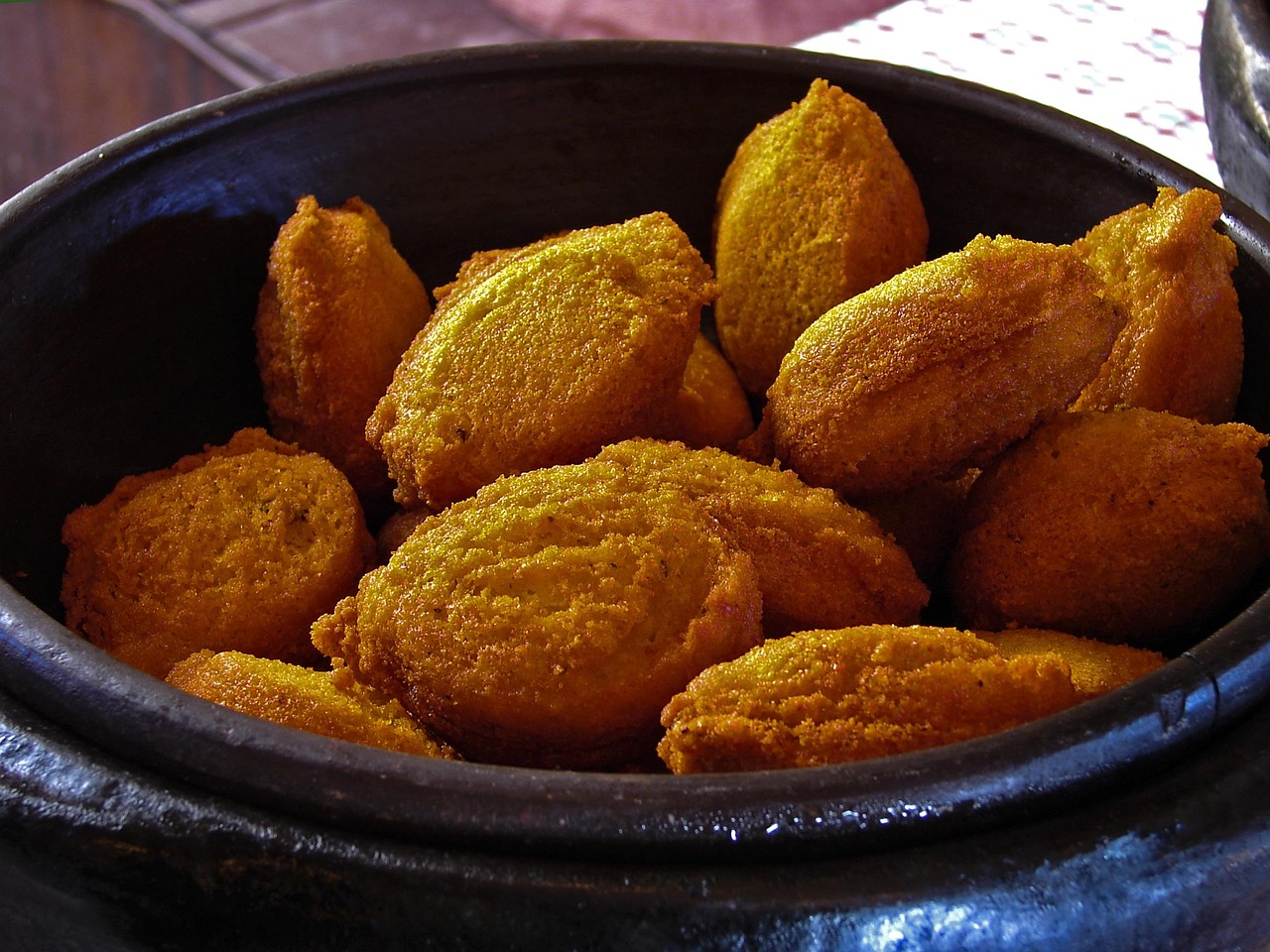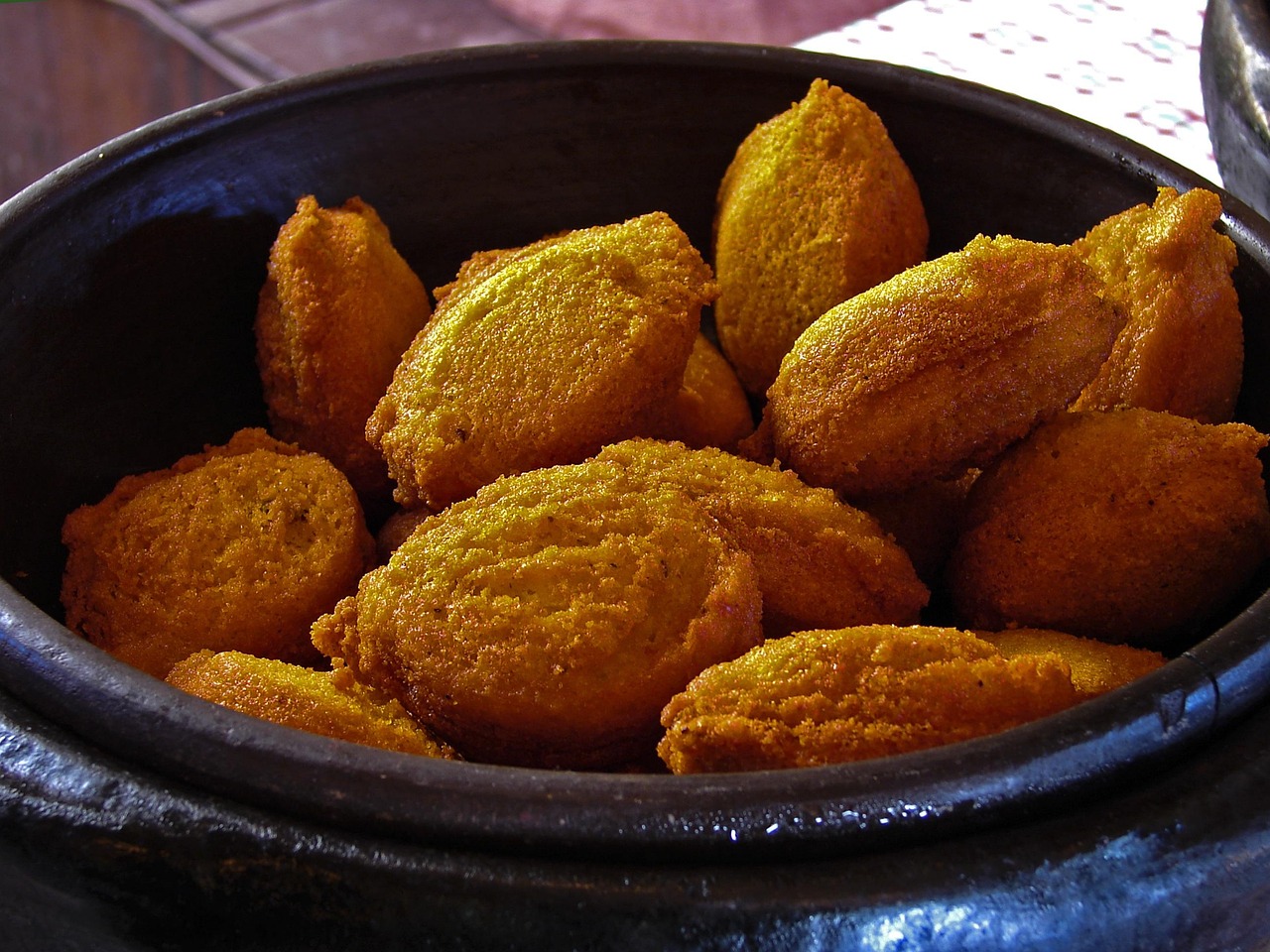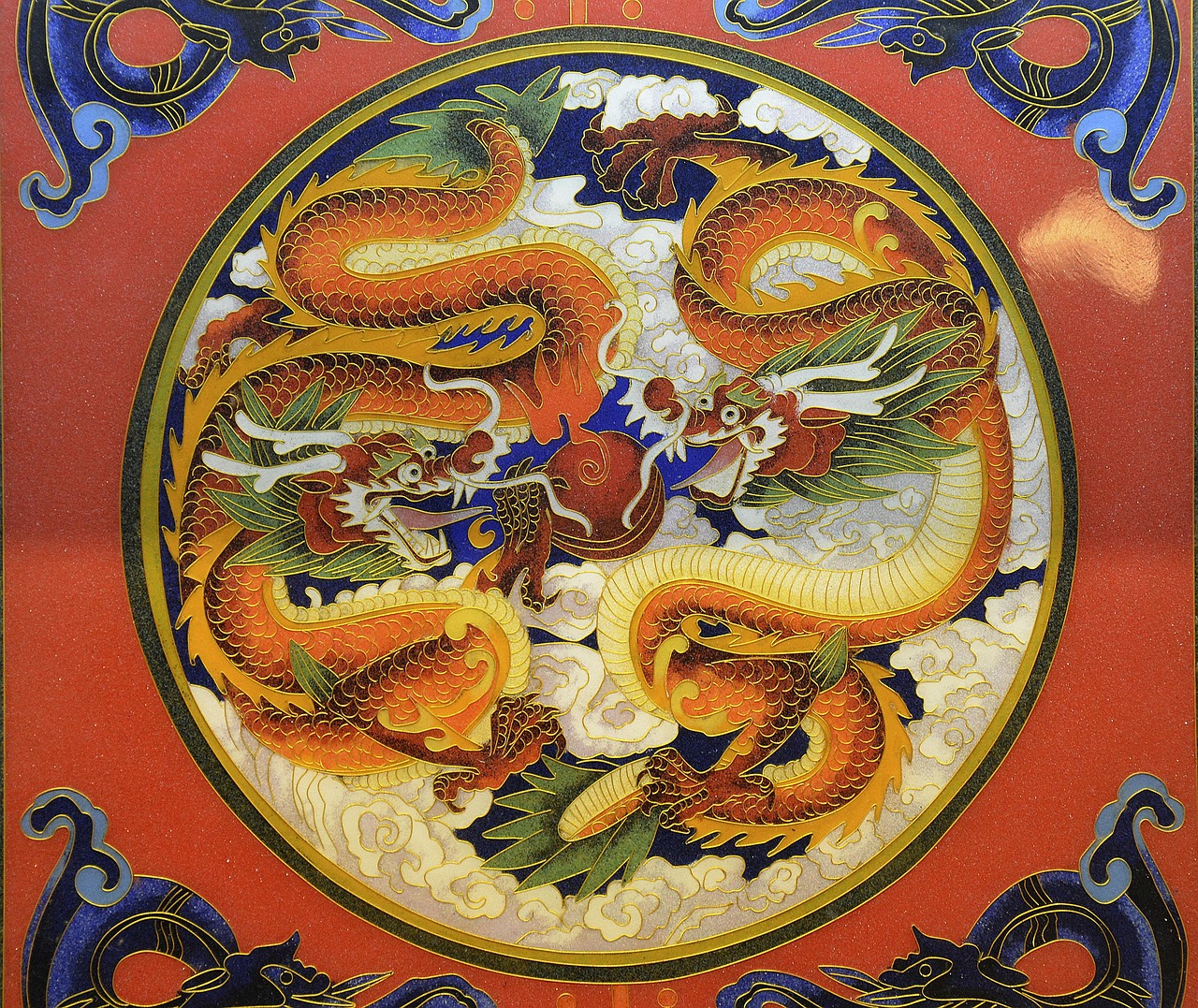Welcome to the world of Chinese cuisine, a culinary adventure that spans thousands of years and a vast array of flavors. In this article, we'll take you on a flavorful journey through the rich tapestry of Chinese food, exploring its regional diversity, key ingredients, and the cultural significance that makes it a beloved cuisine worldwide.
The Spectrum of Chinese Cuisine
Imagine a colorful tapestry, each thread representing a different region of China, each with its own unique culinary traditions. Chinese cuisine is not a monolithic entity but a collection of distinct styles, each as varied as the landscapes they come from. From the spicy kick of Sichuan to the sweet and sour delicacies of Shanghai, Chinese food is a symphony of tastes that can be both comforting and exhilarating.
Sichuan: The Land of Spicy Delights
Let's start with Sichuan cuisine, often likened to a fiery dragon with its bold and pungent flavors. Picture a hot pot bubbling with a fragrant broth, filled with a variety of ingredients from thinly sliced meats to crisp vegetables, all waiting to be dipped into a sauce that's a perfect blend of spicy and numbing. This is Sichuan's signature dish, a testament to the region's love for heat and depth of flavor.
Cantonese: The Art of Dim Sum
Now, let's travel south to Guangdong, where Cantonese cuisine reigns. Imagine a bustling dim sum restaurant, where steaming baskets of dumplings, succulent barbecued pork, and delicate custard tarts are wheeled around on carts. Dim sum is a social affair, a time to share small, bite-sized portions of food with family and friends, savoring each morsel as you chat and laugh.
Peking: The Roasted Delights
As we move north, we arrive in Beijing, home to the iconic Peking Duck. Picture a crisp-skinned duck, roasted to perfection and served with thin pancakes, scallions, and sweet bean sauce. Each bite is a celebration of texture and flavor, a dish that has been perfected over centuries.
Key Ingredients and Techniques
Chinese cuisine is not just about the dishes; it's also about the ingredients and techniques that bring them to life. Think of a garden, where each plant represents a staple ingredient in Chinese cooking.
Rice: The Staple of Life
Rice is the cornerstone of Chinese cuisine, much like wheat is in Western diets. It's the canvas on which many dishes are built, whether it's a simple bowl of steamed rice or a complex stir-fry. Rice is not just a filler; it's a source of comfort and sustenance.
Soy: The Flavor Enhancer
Soy products, from soy sauce to fermented bean paste, are the unsung heroes of Chinese cooking. They add depth and umami to dishes, transforming a simple stir-fry into a meal that's both satisfying and savory.
Stir-Frying: The Art of Quick Cooking
Stir-frying is the quintessential Chinese cooking technique, a method that sears ingredients quickly over high heat, locking in their natural flavors. It's like a dance in the kitchen, where the chef tosses and turns ingredients in a hot wok, creating a symphony of flavors and textures.
Cultural Significance and Modern Influences
Chinese cuisine is not just about eating; it's about sharing, celebrating, and connecting with one's heritage. It's a cuisine that has been passed down through generations, each family adding their own twist to traditional recipes.
The Lunar New Year: A Feast of Tradition
Consider the Lunar New Year, a time when families gather to share a feast that symbolizes prosperity and good fortune. Dishes like fish (for abundance), dumplings (for wealth), and noodles (for longevity) are served, each with a meaning that ties back to the culture and history of China.
Fusion and Adaptation
As Chinese cuisine has spread around the world, it has also adapted and evolved. Fusion dishes that blend Chinese flavors with local ingredients are becoming increasingly popular, showing the versatility and adaptability of Chinese cooking.
Practical Insights and Suggestions
Whether you're a culinary enthusiast or just someone looking to expand your palate, here are a few practical insights to help you explore Chinese cuisine:
1、Try Regional Dishes: Don't limit yourself to just one style. Seek out restaurants or recipes that represent different regions of China to experience the full spectrum of flavors.
2、Learn to Use Wok: A wok is the heart of Chinese cooking. Invest in a good one and practice stir-frying at home to capture the essence of Chinese cuisine.
3、Experiment with Spices: Sichuan peppercorns, star anise, and ginger are just a few of the spices that can elevate your dishes. Don't be afraid to experiment and find your own balance of flavors.
4、Embrace the Art of Sharing: Chinese cuisine is meant to be shared. Gather friends and family, prepare a variety of dishes, and enjoy the communal aspect of eating.
In conclusion, Chinese cuisine is a rich tapestry of flavors, techniques, and cultural significance. It's a cuisine that invites exploration and celebration, offering a world of taste and tradition to those who are willing to dive in. So, the next time you sit down to a meal, consider the journey that each ingredient has taken, the history behind each dish, and the joy of sharing food with others. That's the true essence of Chinese cuisine.











